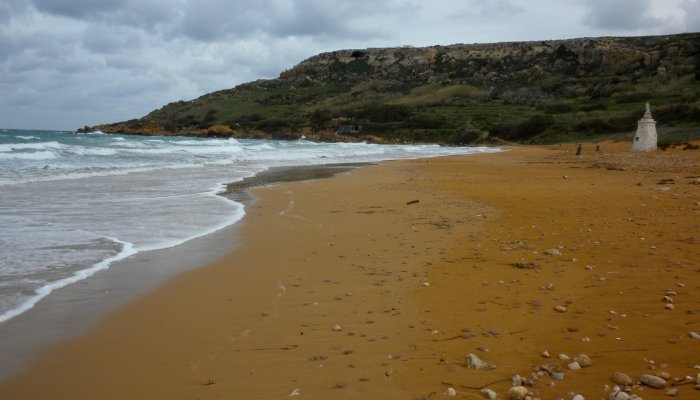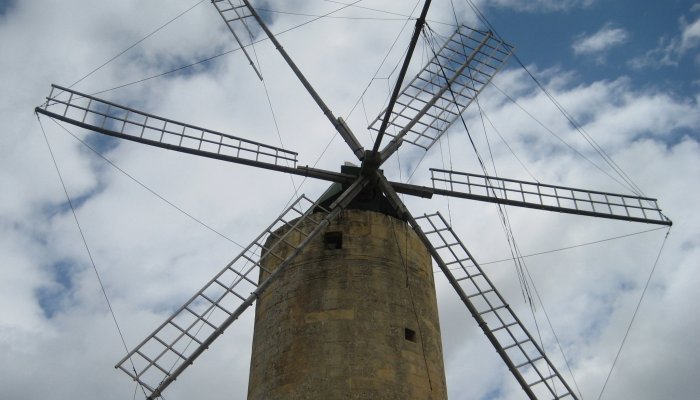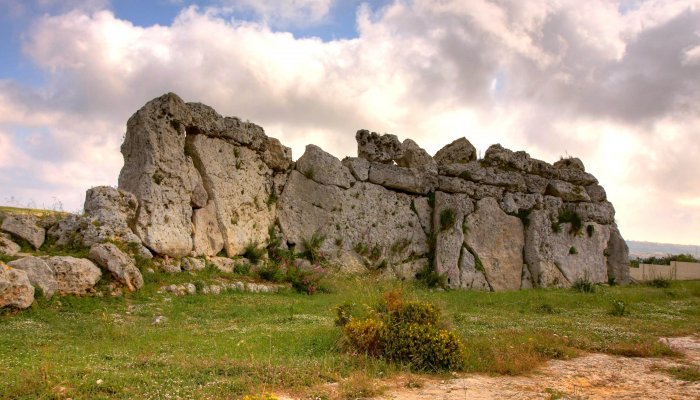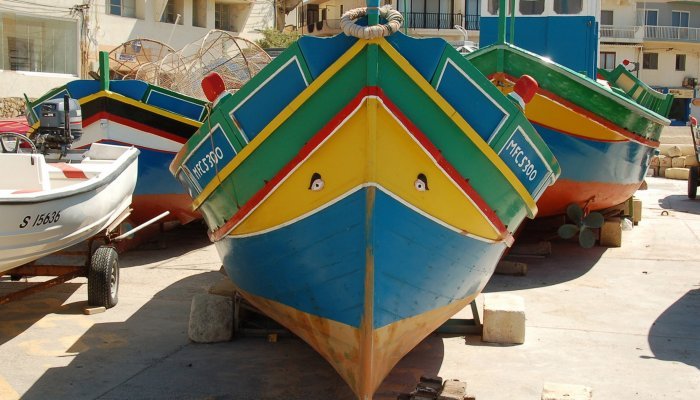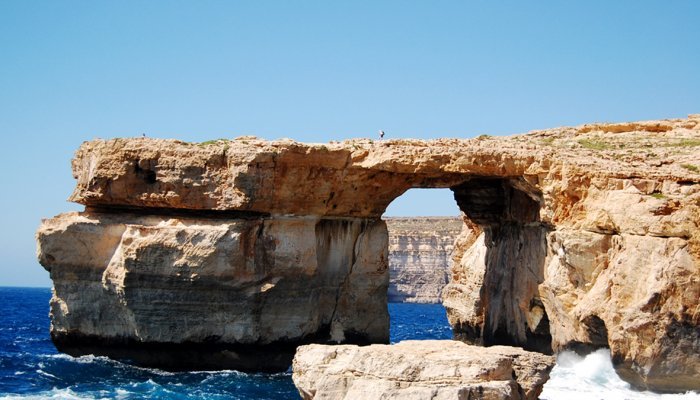When my parents lived in Gozo, the village baker offered them a goat, two hens, bread, and a Fanta bottle filled with honey by way of a dowry for Yours Truly.
“Your daughter is strong,” said he, as though appraising a carthorse.
“Be my guest,” laughed my father, “but keep the livestock. We’ve no room for it.”
“We’ll take the bread and honey, though,” interjected my mother. This was duplicitous. His proposal entailed rising at 3.30am to knead the dough with his seven sisters, before tending their goats. Seriously?
“Go on, be a sport,” said my mother. “Their bread’s delicious.”
It really was – round biblical loaves baked in wood-fired ovens or pizzas topped with potato slices, tomato and anchovies. Even so, the answer was … no.
Tucking into the local ġbejniet – the world’ smoothest, softest goat’s cheese – on a revisit with my husband, brought on a sharp bout of nostalgia for that carefree time. Fortunately much of Gozo is still the same. Her azure waters remain crystal clear; her beaches shingled, bar a stretch of yellow sand at Ramla Bay. There’s the unchanging inland sea where waves have eroded the cliffs to form a window, the Comino grotto, ancient Roman saltpans, an historic windmill, and museums.
Most of the island is limestone rock and caves honeycomb the coastal cliffs – one allegedly where Calypso held Ulysses captive.
Gozo radiates history, not least due to the ruined temple of Ggantija, which predates the island’s occupation by Phoenicians, Greeks, Romans, Knights of Malta, Turks, French, and finally, the British.
Small coastal blockhouses, first line of defence against Barbary pirates and the detested Turks, still stand, along with the high, thick walls of Gozo’s Citadel, main refuge for the populace in times of attack.
Gozitans are a friendly, agrarian folk, and competent farmers produce vegetables from miniscule plots of arable land, relying on desalinated seawater. They also make exquisite hand-blown glass ornaments, an ancient Phoenician art. Orders are expertly packed and sent to your South African address.
Flea markets sell leather wallets, Maltese crosses, hand-spun jerseys, and fresh veggies. GMO produce is banned here so you can stock up with impunity.
The Maltese language is essential Arabic but with western script and Italian additions. English is the second language and Roman Catholicism rules.
Each village celebrates Easter with costume parades of biblical characters winding through the streets. Priests stagger under the weight of holy statues and penitents lug huge wooden crosses on their backs, to thank the Virgin Mary for favours granted.
Fireworks mark the celebration of patron saints with petards – rocket-propelled bombs that explode with concussive bangs – reverberating around the cliffs.
This, combined with the Maltese “if it flies, it dies” policy of shooting every migratory bird that flutters overhead, means you won’t find so much as a seagull on Gozo or Malta. And that’s still a shame!



